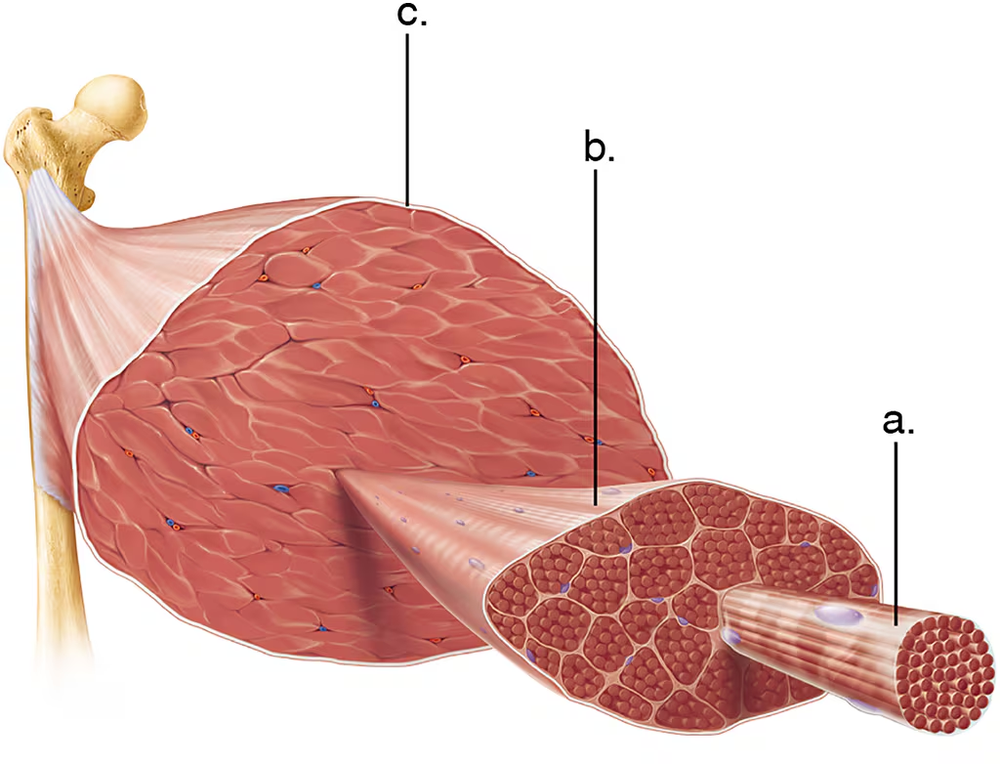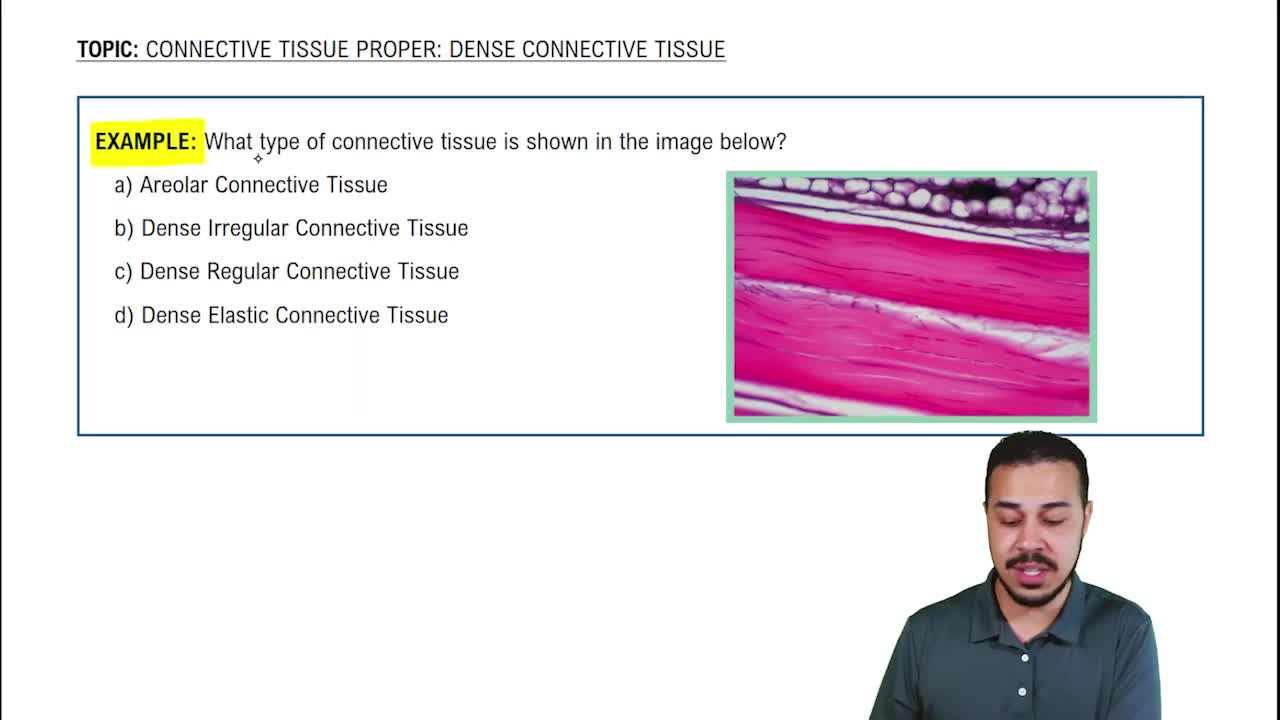Textbook Question
Bill broke his leg in a football game, and after six weeks the cast is finally removed. As he steps down from the examination table, he loses his balance and falls. Why?
399
views

 Verified step by step guidance
Verified step by step guidance Verified video answer for a similar problem:
Verified video answer for a similar problem:



 7:12m
7:12mMaster Organization of Muscle Tissue with a bite sized video explanation from Bruce Bryan
Start learning